Andro is an ancient scheduled caste village highly acclaimed for its aesthetic craftsmanship in pottery, rich cultural heritage and other artful creativity. The village has a great lineage of skilled potters and is known for its traditional method of making pots and earthen toys. If you visit the village, you will find different varieties of traditional pots like Pudon Makhong (oil lamp stand), Walom, Ngangkha, Yukhum, Wangkham, Kambi, Kambi Makhong Panba, Kharung Achouba and Eshaiphu etc which are gradually fading away from our social ethos. No doubt, making traditional earthen pots has been another major source of livelihood option for many Andro families. With many families opting for alternative livelihood means, pottery in Ando has witnessed a bit decline nowadays.
Phanjoubam Dinachandra, son of late Amujao and Phanjoubam Ongbi Apabi hailing from Andro Kharam Leikai, a village located at a distance of 25 km towards east of Imphal city is a young potter who carries forward the legacy of Andro pottery.
Dinachandra’s pottery designs
The 28 years old potter makes Eshing pun (medium size earthen water pot), Walong, Ngangkha, Koret , Ishaiphu which were widely used in many traditional rituals of Meetei community and for cooking purposes. Apart from this, he also makes various artistic and decorative earthen items including Crocodile, Goddess Emoinu, Lord Mahadeva, Buddha, Elephant, Deer, Sangai, tortoise, pumpkin, chili and other creative arts like “Crying Mother Monkey with baby on lap”.
Beginning of his career in pottery
Dinachandra is an unmarried man and youngest son among eight siblings of four sons and four daughters born to Phanjoubam Amujao, a farmer. Dinachandra learnt the skill of pottery from her late mother Apabi, who was a noted potter and she managed to maintain her family with her income from selling the pottery items she personally made. The young boy keenly observed the activities of his mother making various earthen pots and other creative items which enthused him to start such a craft in his life.
Brought up in a poor family background, he studied upto class X at Catholic school, Canchipur. Compelled by family hardships, he could not continue his studies and started helping his mother in daily family maintenance by engaging himself in the profession. Family economic condition grew up to some extent when he takes up pottery.
Pottery turns a lucrative job for Dinanchandra
The young potter can earn Rs 15000-20000 per month from selling various designs of earthen pots. He once eked out his living by working at Andro Santhei Ecological Park. But he left the job and opted for pottery to uphold the family legacy in pottery. Now he can help his family comfortably through pottery.
Any visitor at Andro Santhei Ecological Park will find the various earthen items made by Dinachandra being displayed at the gate. He continues to receive good feedbacks about the craftsmanship in pottery and many costumers interested in pottery line up his residence for buying his products.
Achievement of state award in pottery
Directorate of Commerce and Industries, Government of Manipur has conferred him with state Award 2015 in recognition of his artistic work in the field of pottery on June 27, 2015.
“I am very happy to achieve the state award. Nobody acknowledged my works in past. Now, the state government has acknowledged my work with conferring the prestigious award making me feel proud of such achievement and motivating more to continue the work,” a visibly impressed with the state award Potter Dinachandra told while interacting with Manipur Times at the sideline of Award presentation ceremony at Lamuyanba Shanglen.
Process of making pot
Dinachandra said that he makes pots of varied designs with the earthen paste using traditional methods without any modern tools or technology. He uses a small stick to pound the paste to form whatever shapes or designs he wants to prepare. He doesn’t apply any colour paint to his earthen items, but manages to give a natural look. The finished products are then dried up in the sun for about three to four days and heated them up in fire when they are completely dried up. Heating process should be done when the finished items are completely dried, otherwise they crack if burn in the fire while they are still wet. A Potter usually takes 15 days to give a finishing touch to his work of pottery while going through all these procedures, he said.
Customary law behind pottery
According to Andro Customary law, unmarried girls are not allowed making earthen pots. Pottery can only be done by the married women of Andro. Those married women who undergo a ritual ceremony ‘Thou Chanba’ (Job assigning ceremony) are allowed to make pots. Traditional methods of pottery are replaced with a flat stone and a bat, which is used to beat the mud into a required shape. Along with pots, the women also make vases, piggy banks and lamps, he said.
[ecwid widgets=”productbrowser search minicart” categories_per_row=”3″ grid=”10,3″ list=”60″ table=”60″ default_category_id=”21294227″ category_view=”grid” search_view=”list” minicart_layout=”MiniAttachToProductBrowser”]

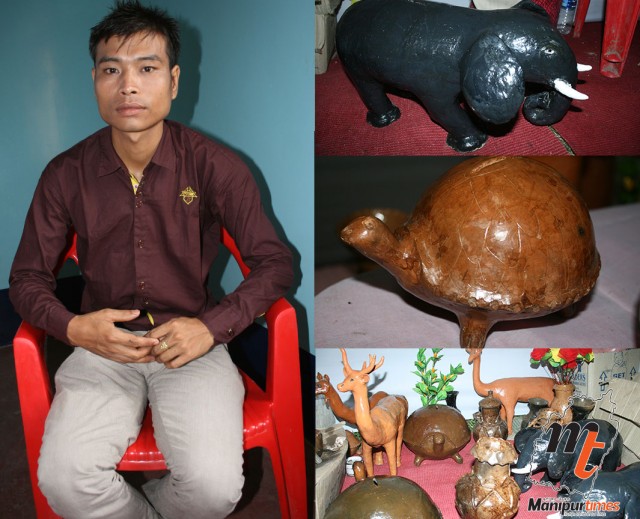
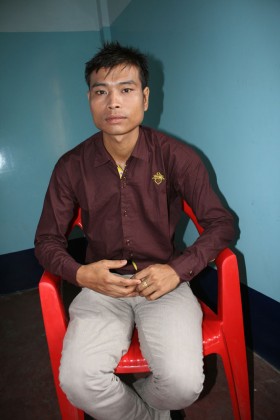
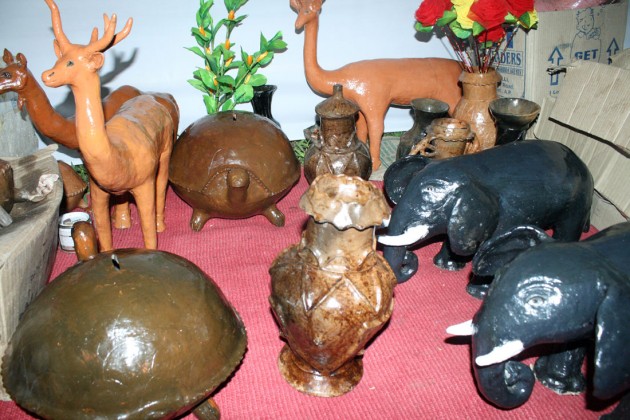
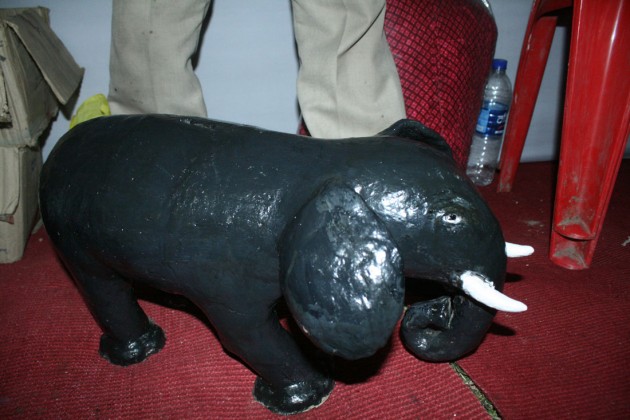
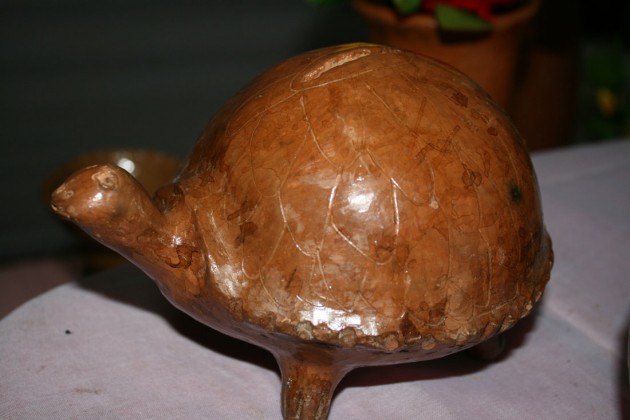











Nice job
Good
Nice
Like the creative ideas.
There is no symmetry in his work.